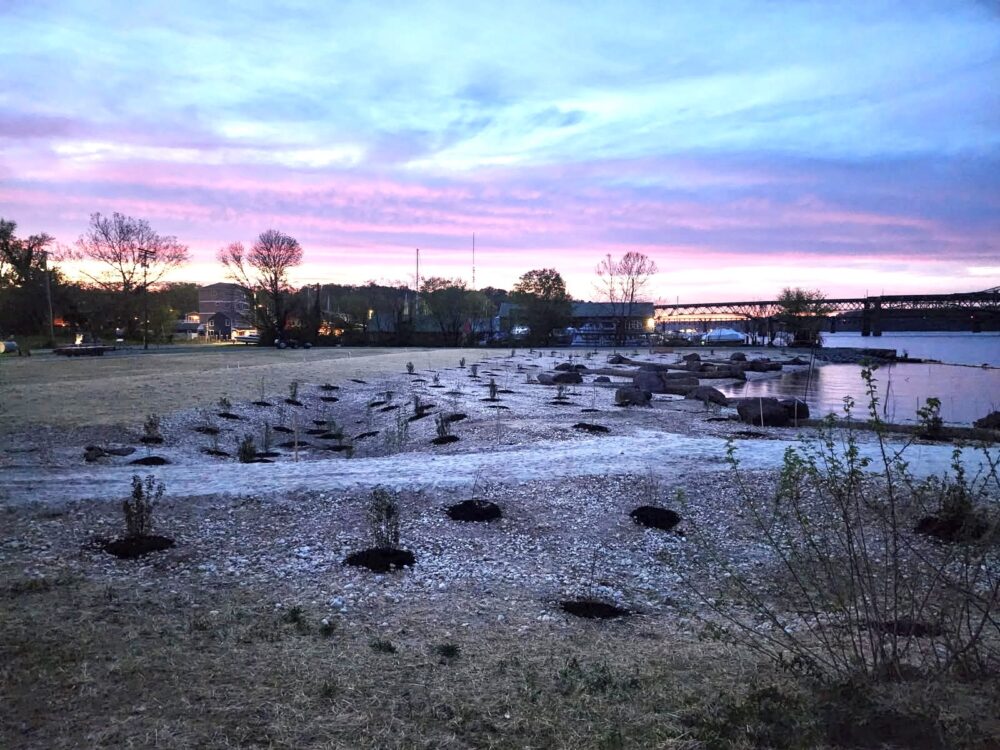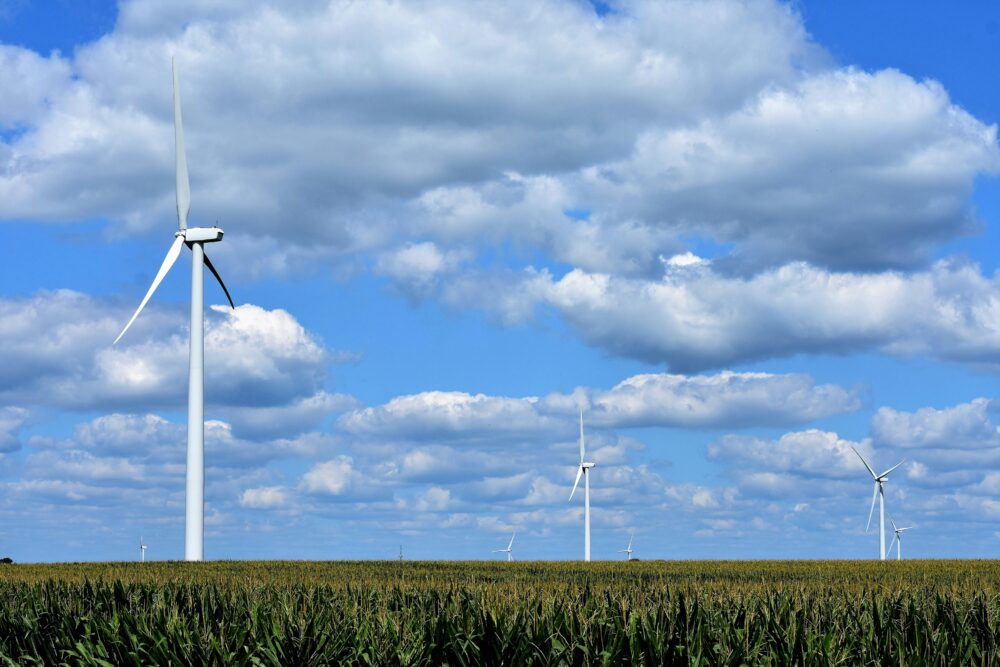We have much more to do and your continued support is needed now more than ever.
Let’s Go Slow on Oil Shale
Underneath a 1,300 square mile area along the T-shaped border of Colorado, Utah and Wyoming lies more estimated oil–in the form of oil shale–than all the oil in of Saudi Arabia.
It seems perfect that we have all the oil we need for the next hundred years right in our own backyard.
That backyard, however, is literally my backyard. I grew up in western Colorado virtually on top of where this treasure waits for us. It is my home, along with hundreds of thousands of other people. We live here for the slow pace of life, for the clean air, the pronghorn and mule deer outside our living room windows, the cold, clear rivers and the simple beauty of this land. For people who have not seen this area, it may seem an easy trade but we who live here ask that the nation proceeds slowly on oil shale.
In Canada we’ve seen tar sands development (similar to oil shale) rip up large swaths of wildlife habitat, leaving it a virtual moonscape. In the US, new technologies are being tested to extract oil from shale rock while it is still underground. However, too many questions still remain about the environmental impacts of oil shale development, the largest of which is how much water it will use.
Water is vital to your life, my life and the lives of every creature on this earth. Water is also one resource we just cannot produce more of. Right now, the amount of water needed to develop oil shale will drain the habitats of native fish, destroy agricultural communities and put us all at risk. Ways to reduce the amount of water needed to develop oil shale are on the way and we need to wait for them before gambling on this precious resource.
We all use oil and know its importance even as we explore new, alternative fuel sources. And, with such a large prize waiting beneath us, oil shale promises to remain a potential energy source well into the foreseeable future. But for now, we need to be patient and not put the homes and water of thousands of Americans and wildlife unnecessarily at risk.
There’s still work to do on oil shale and other public lands issues! Please spread the word about public lands with an eCard!
See what tar sands development looks like in Canada: National Geographic – The Canadian Oil Boom





















